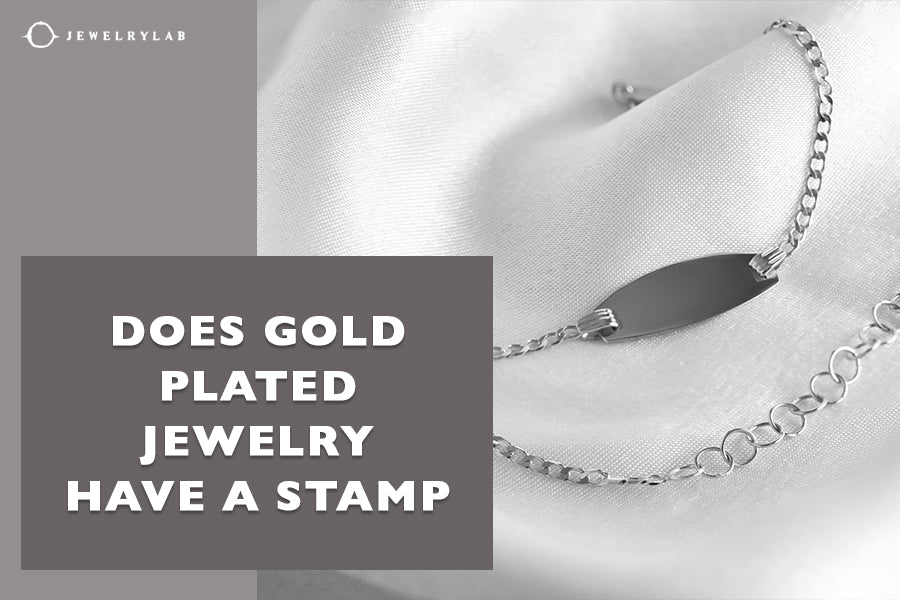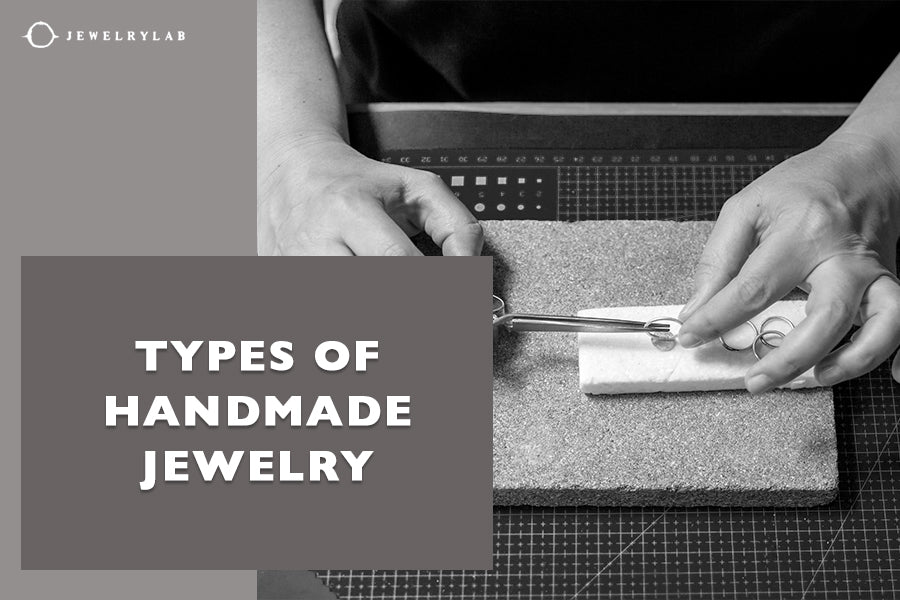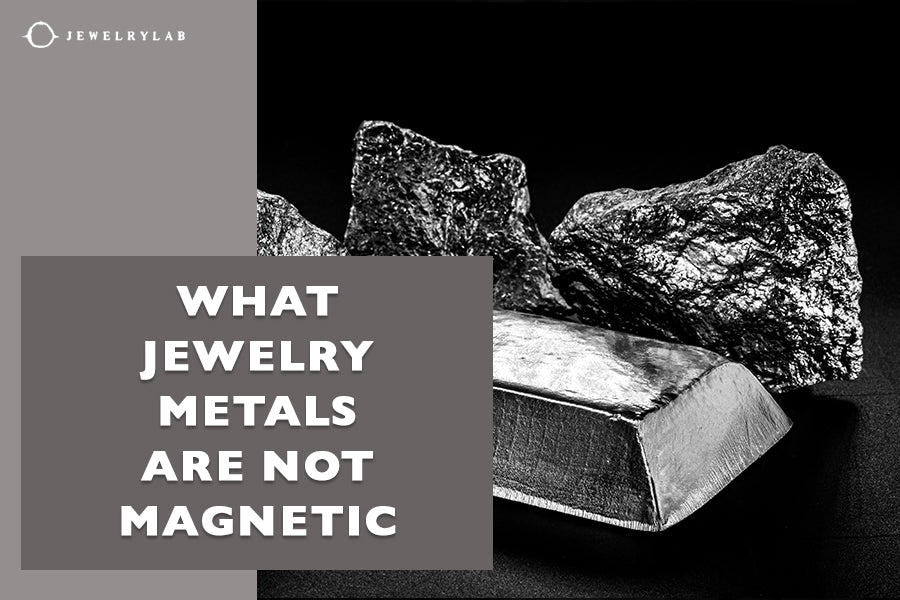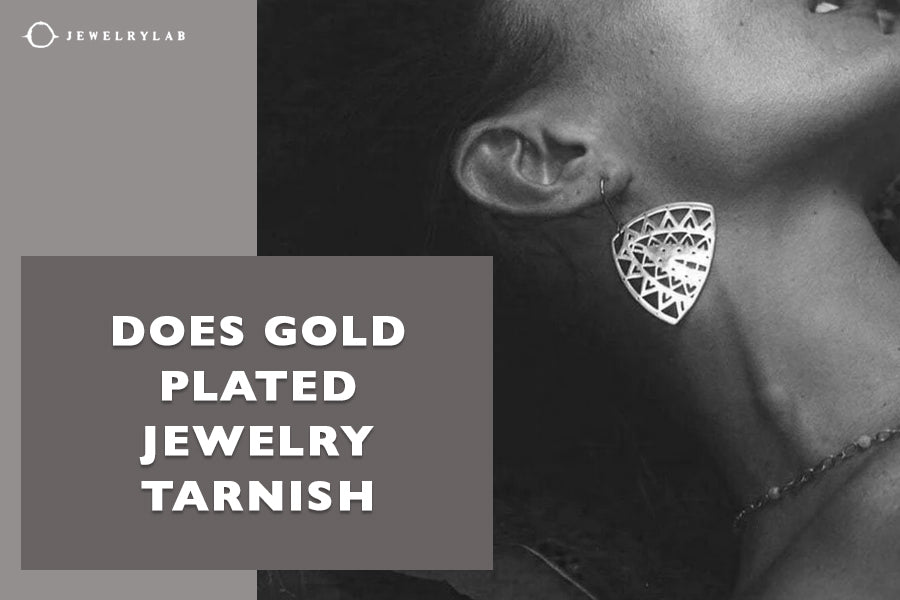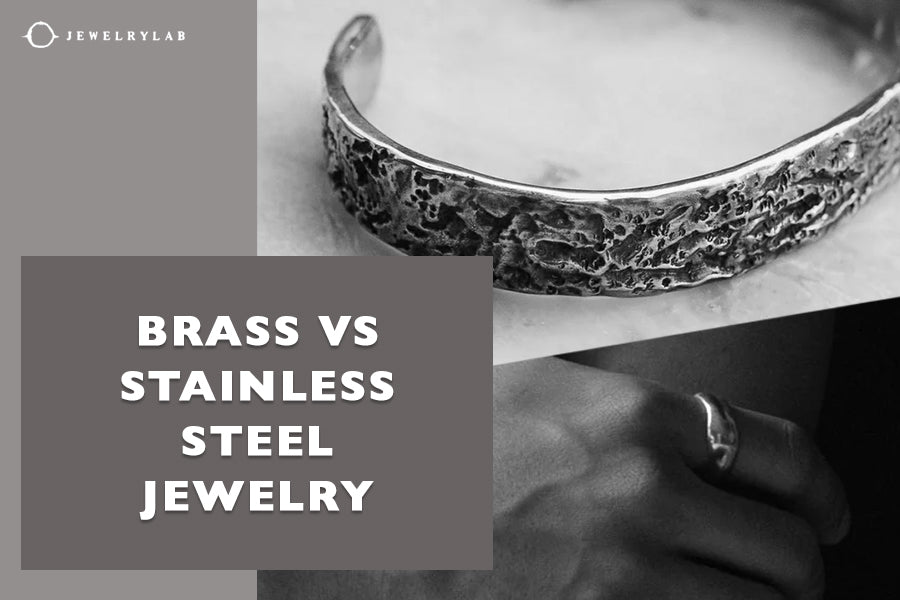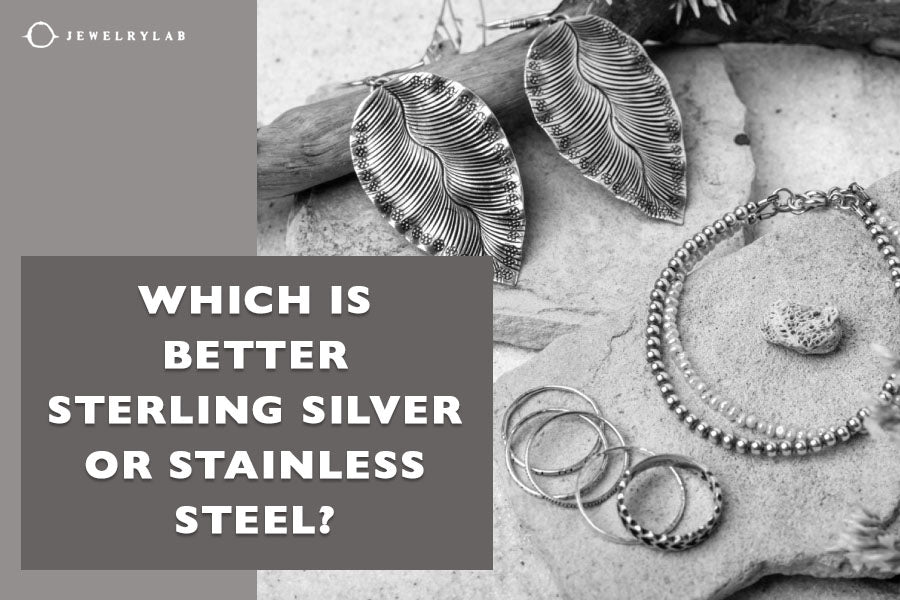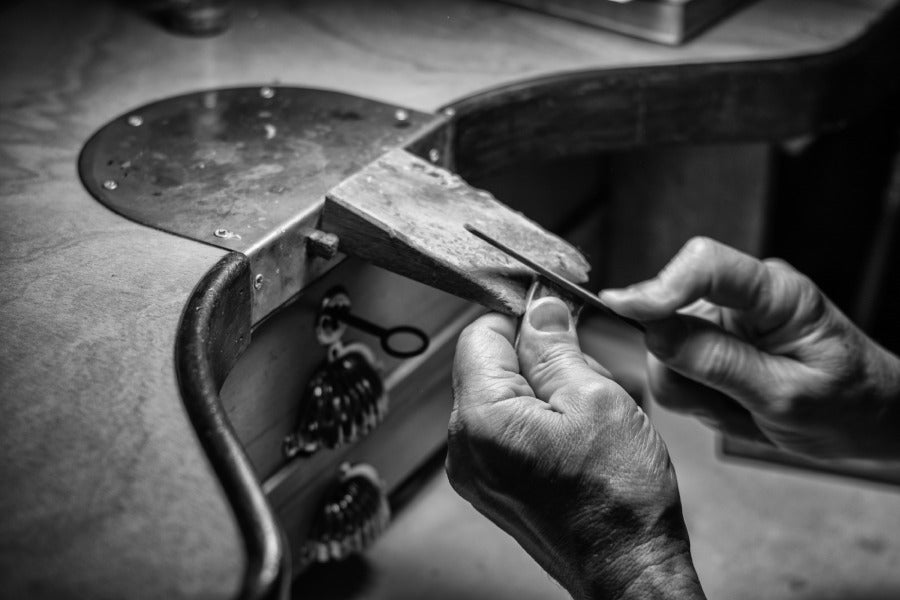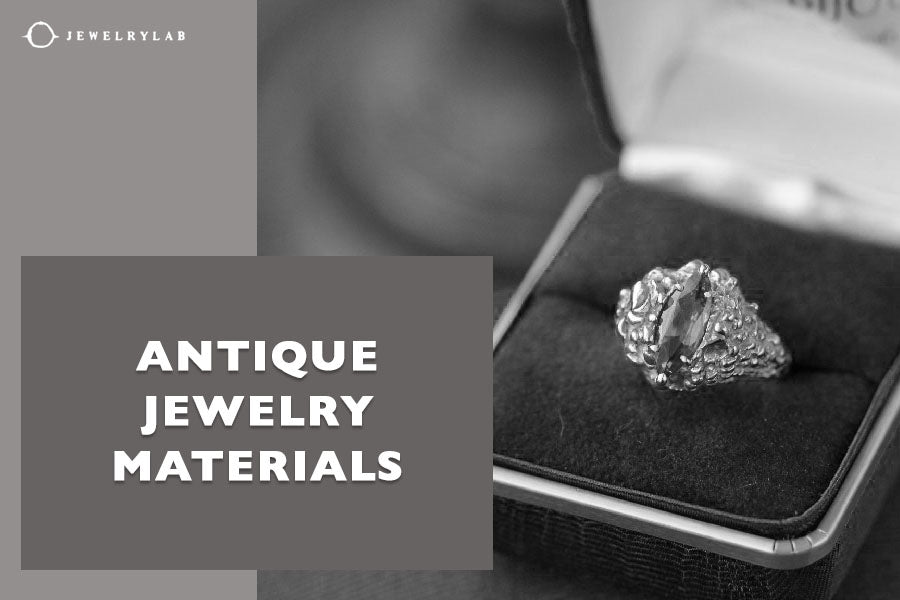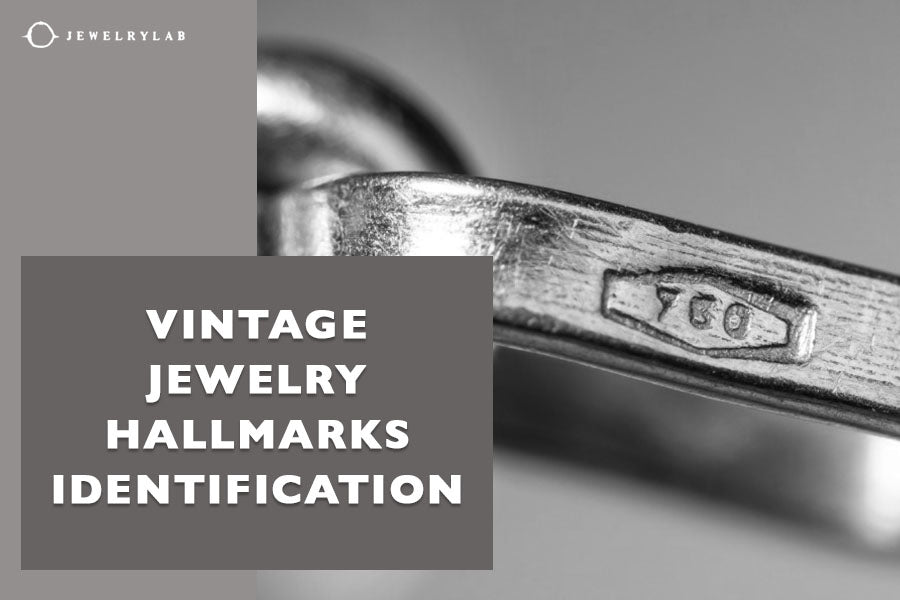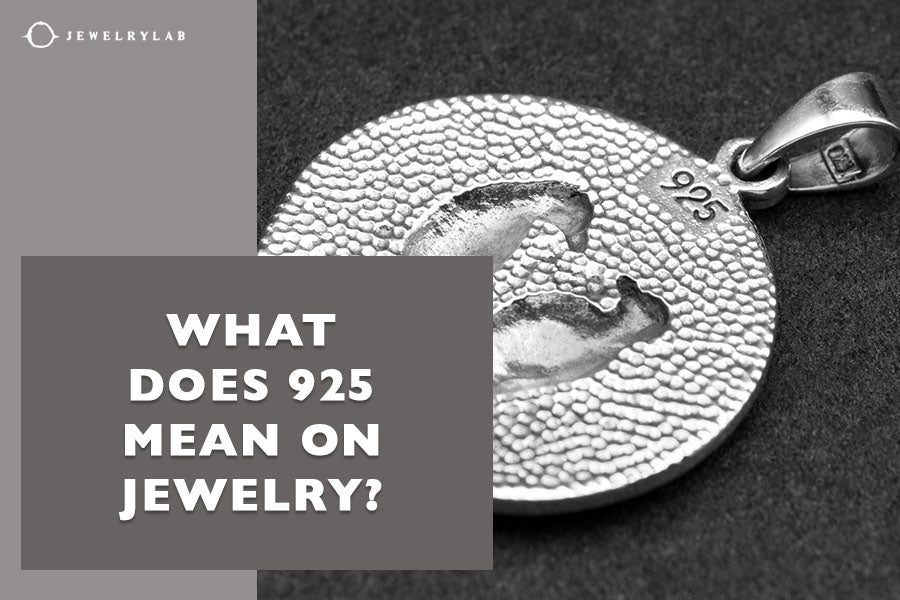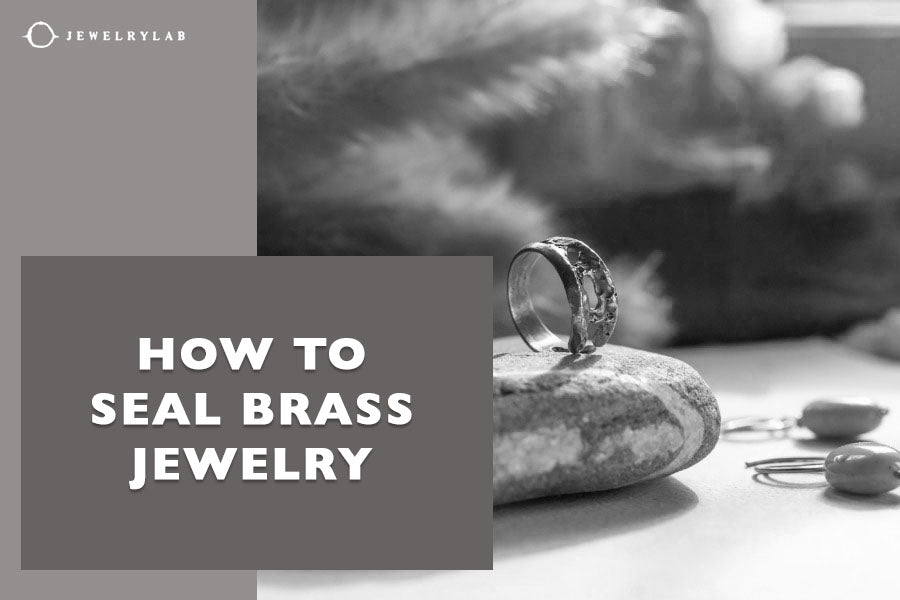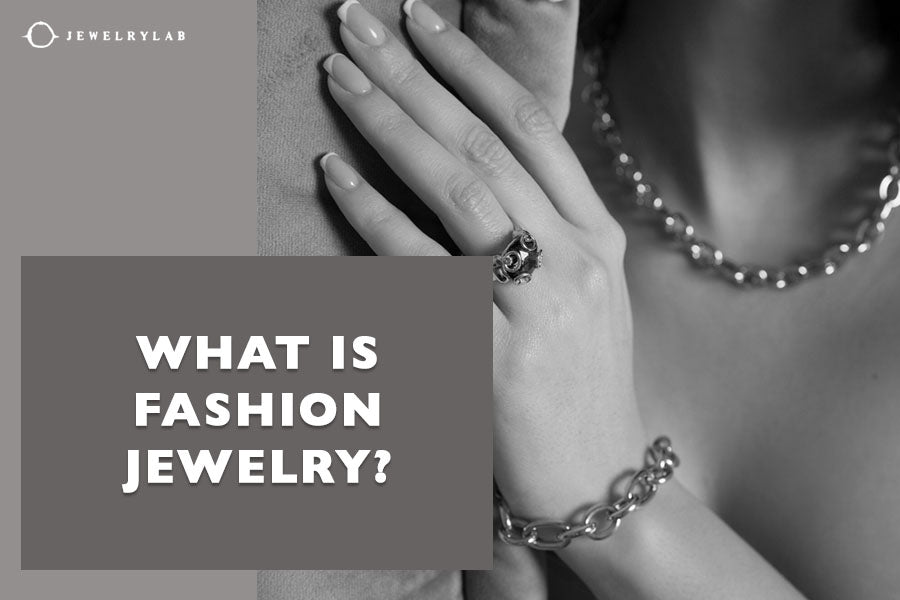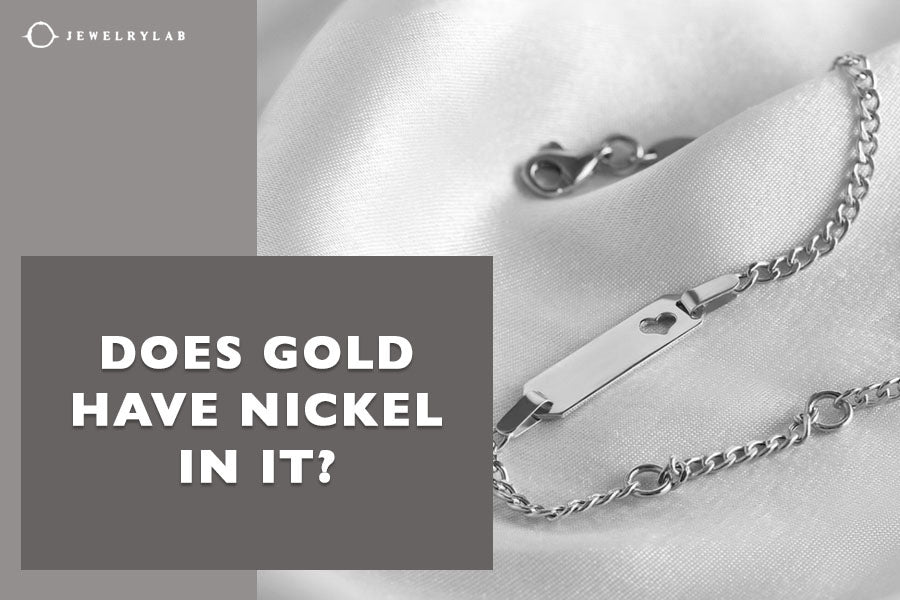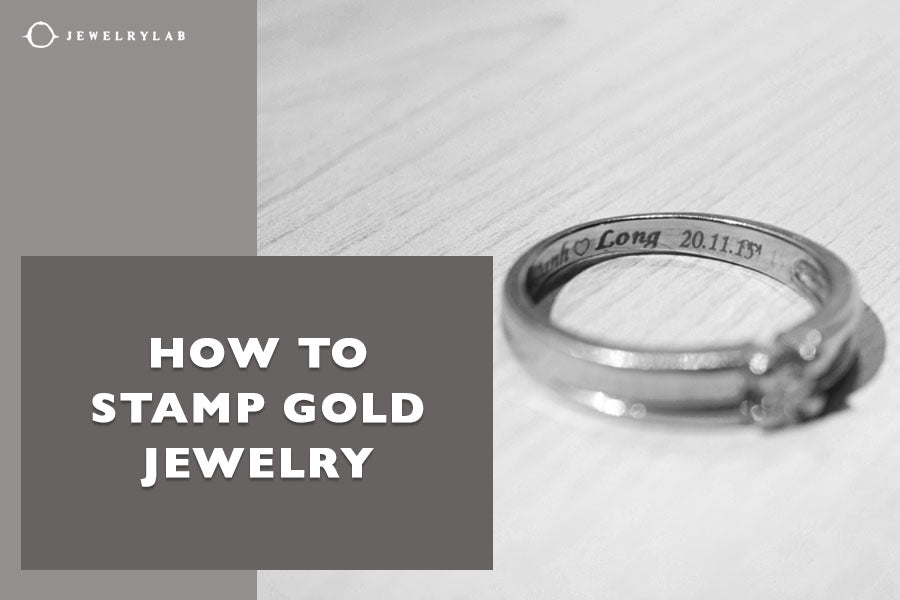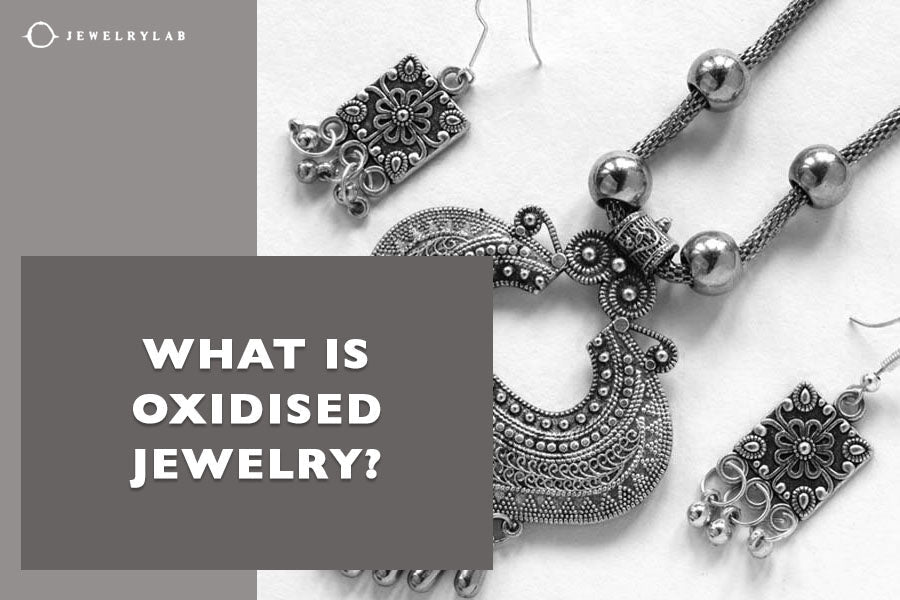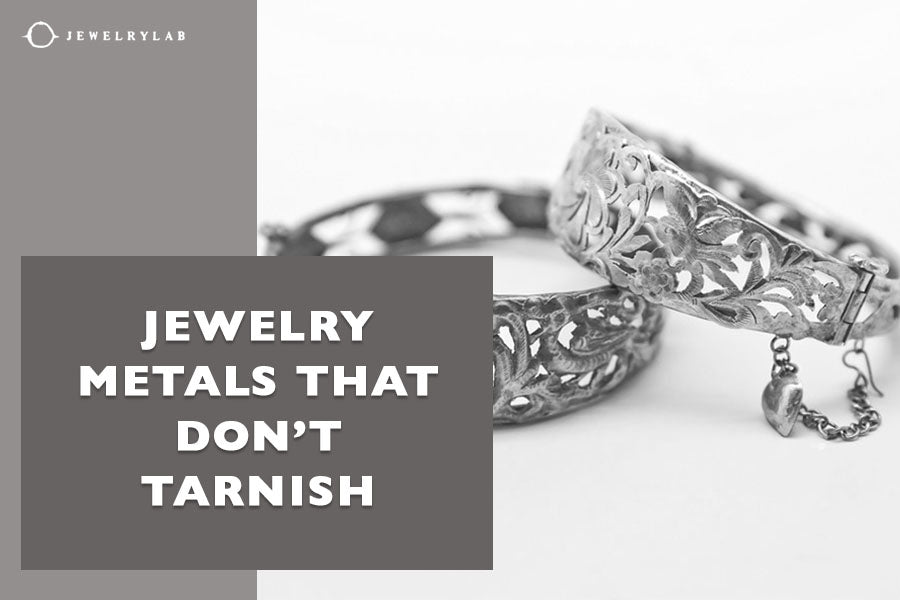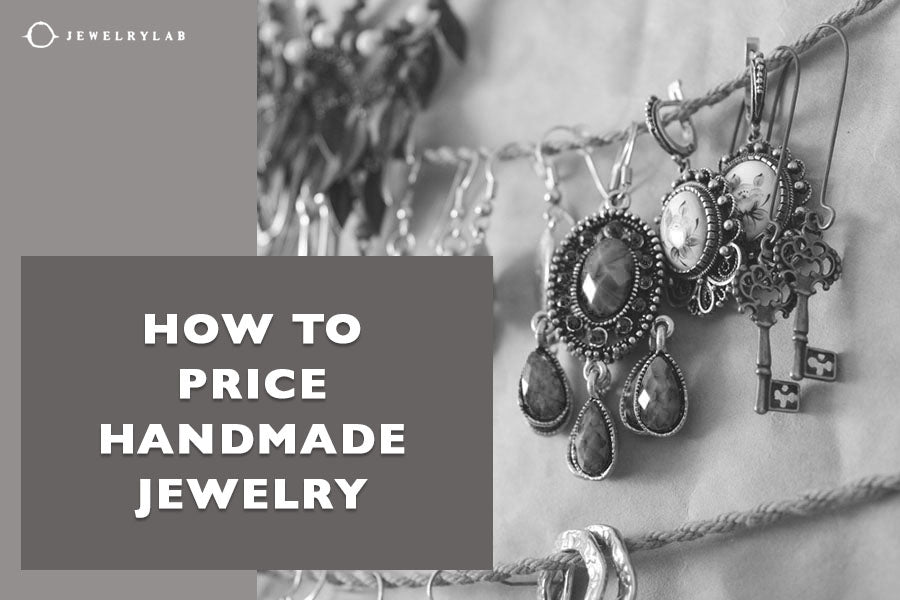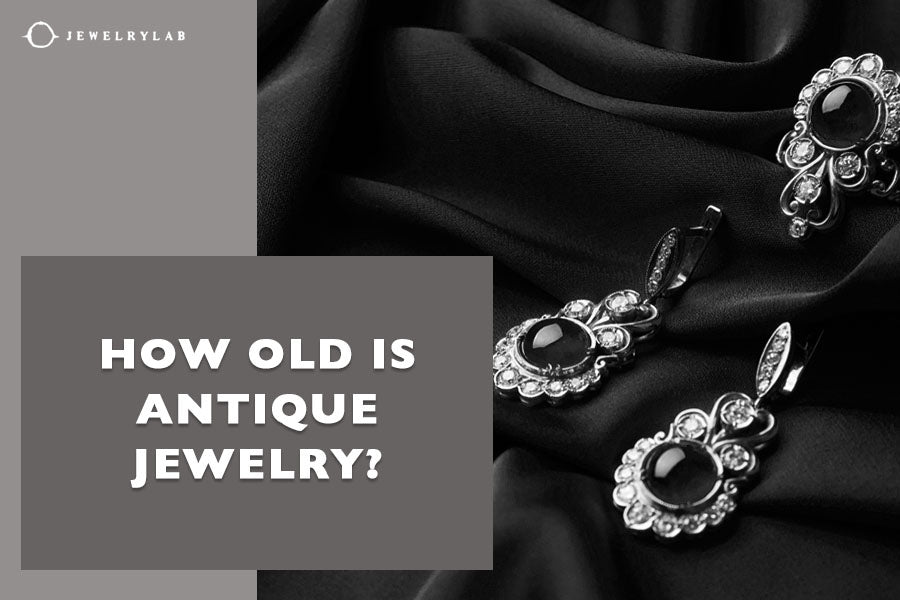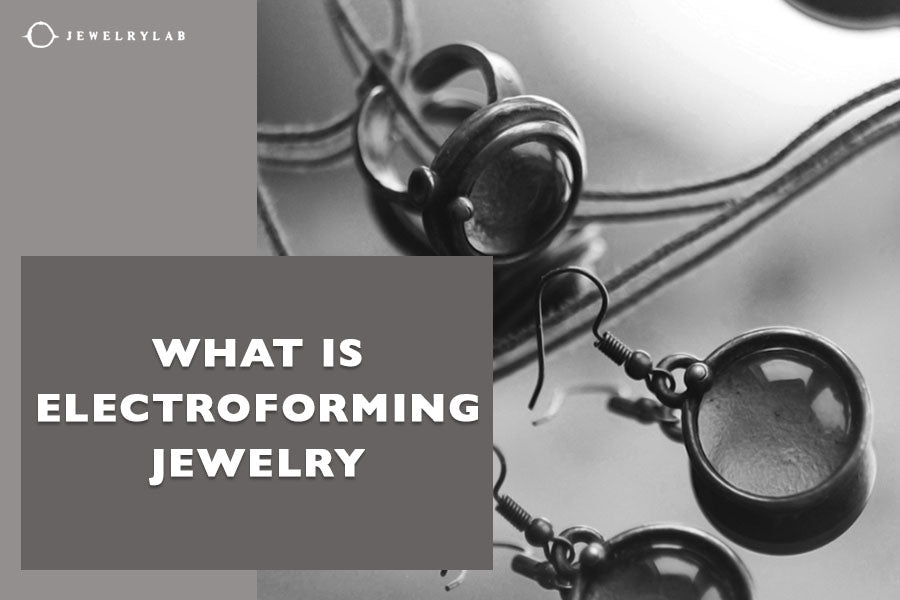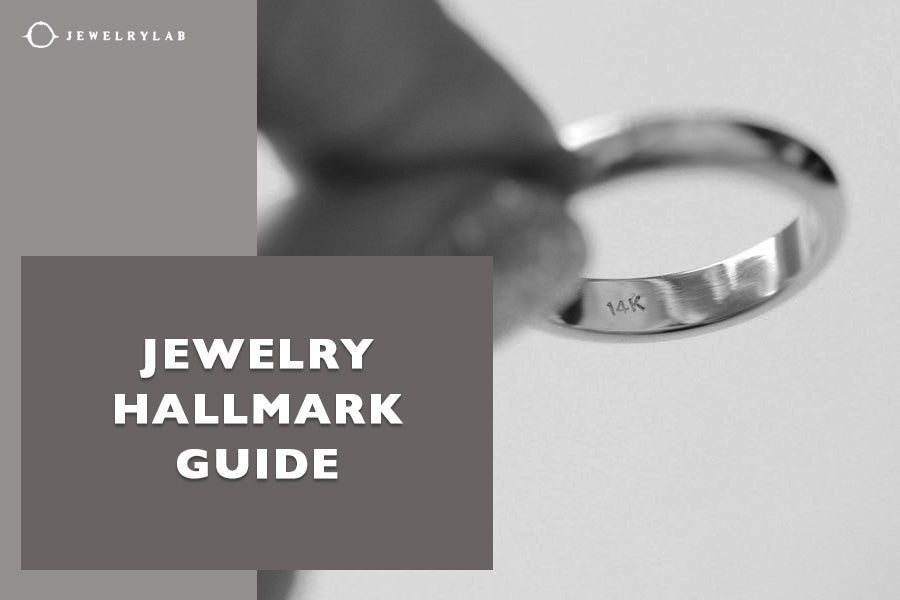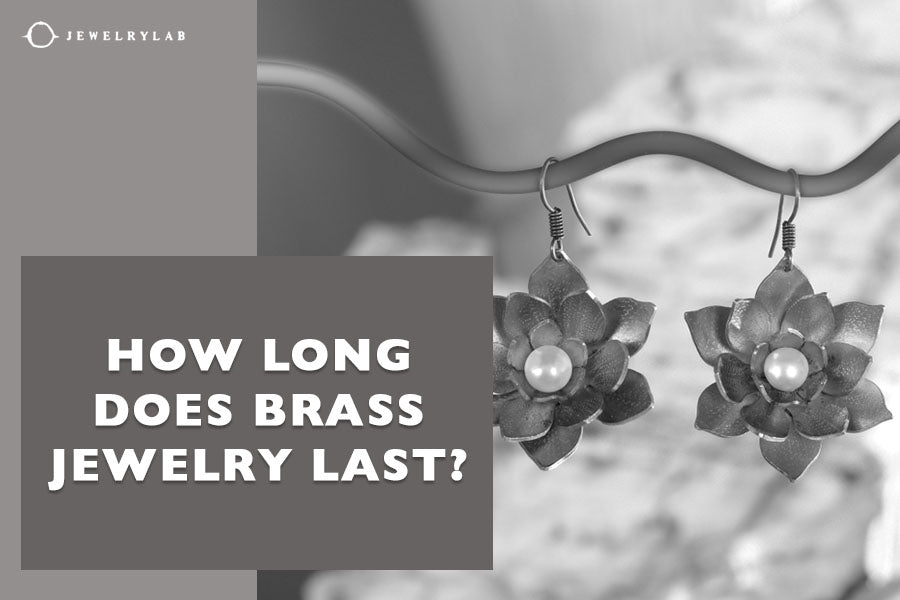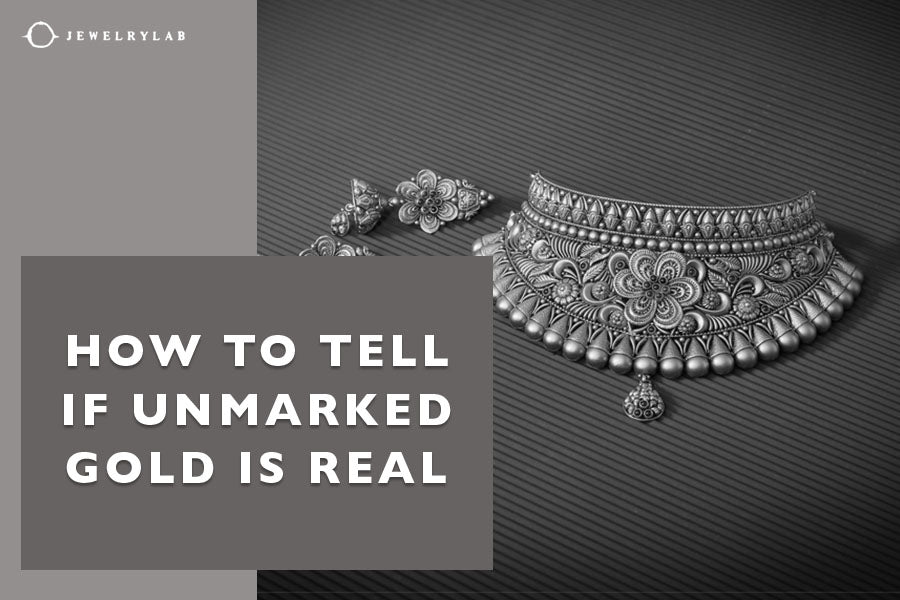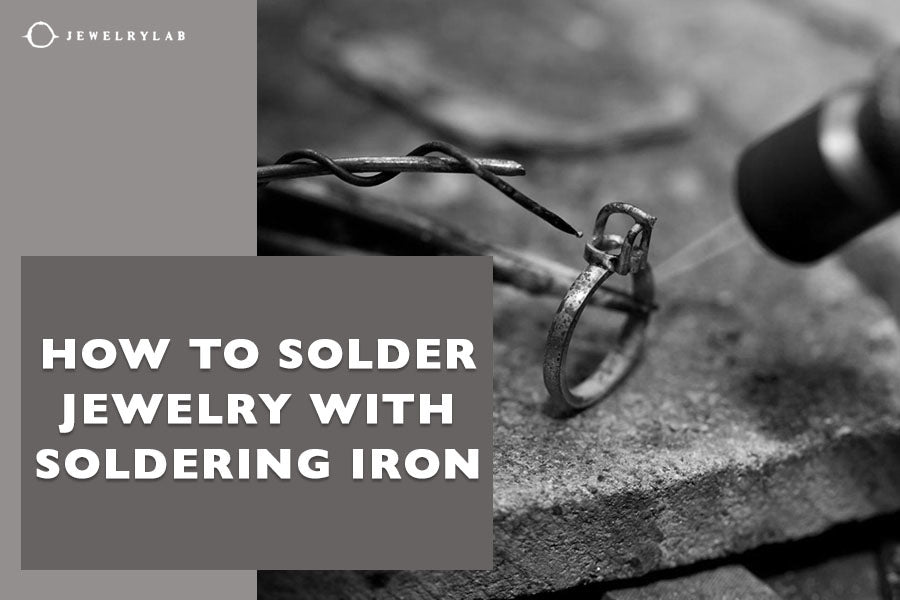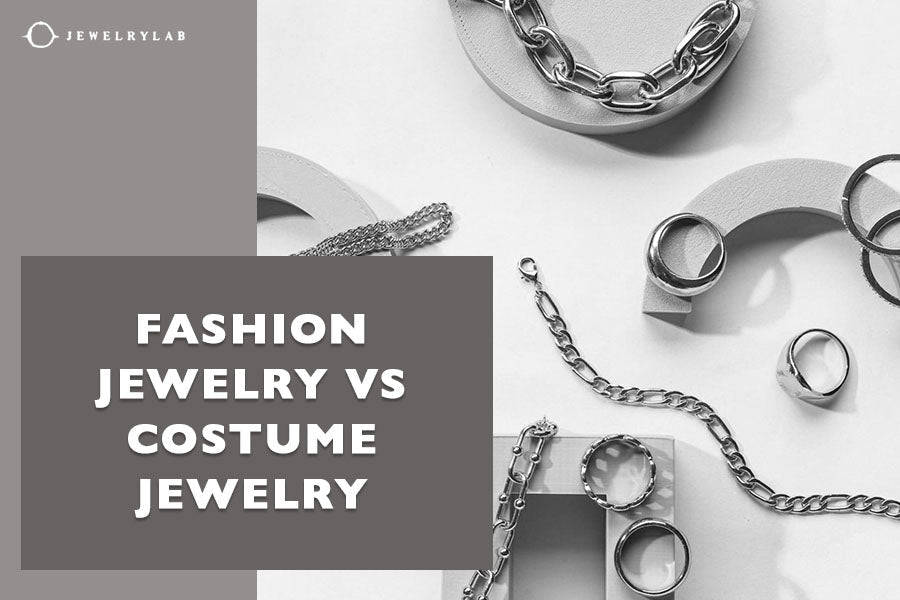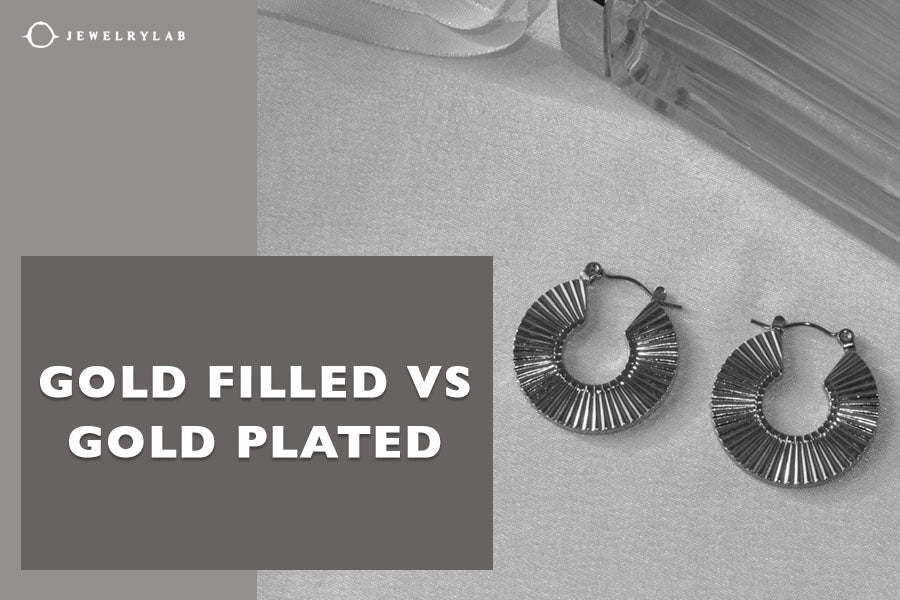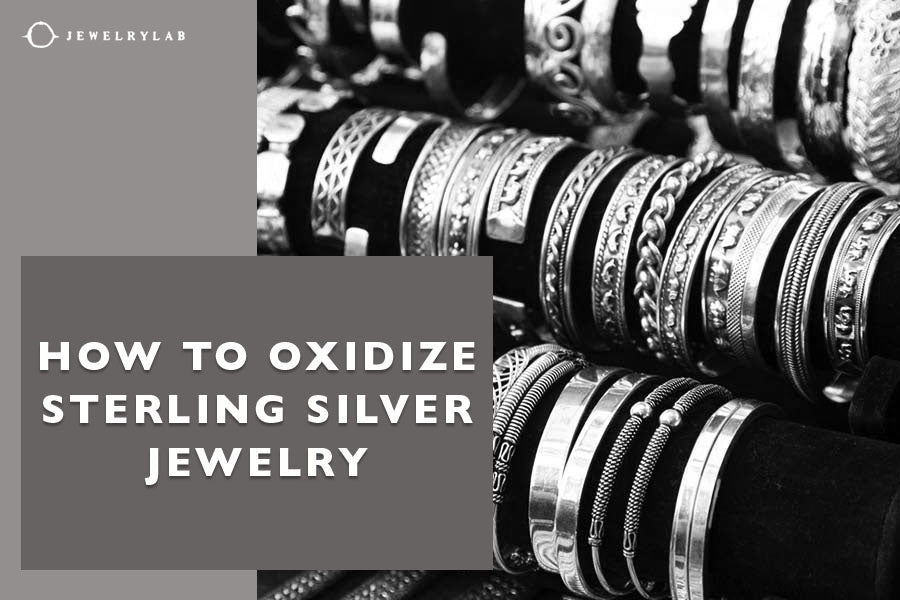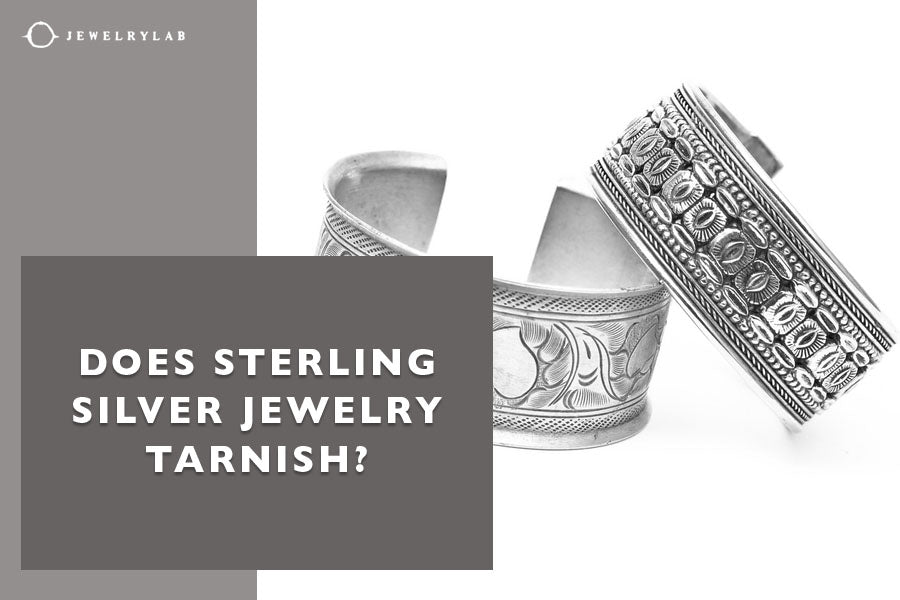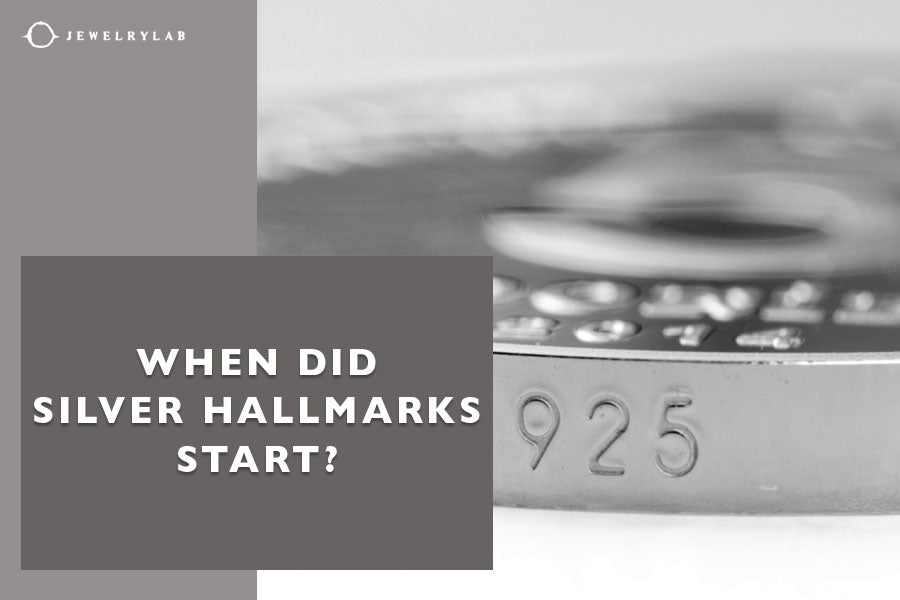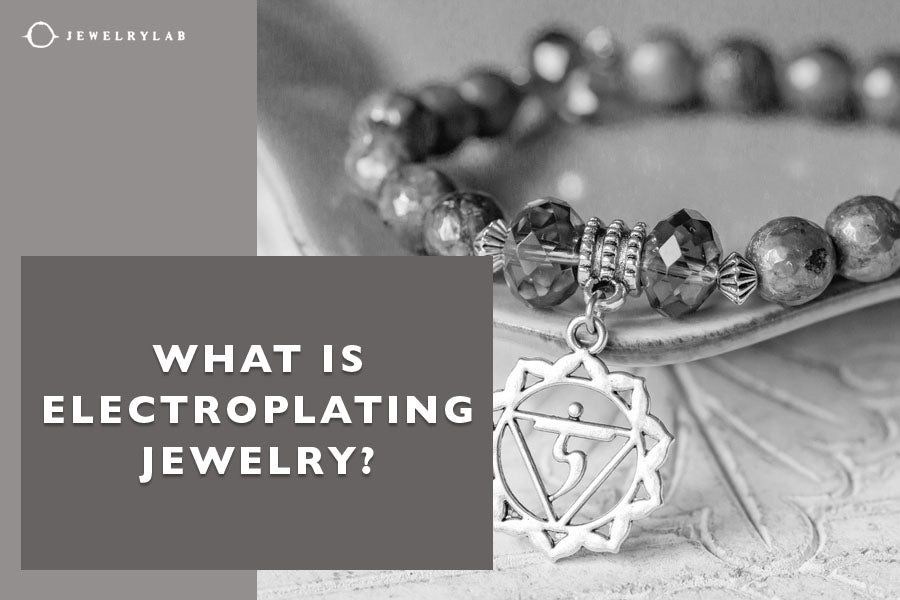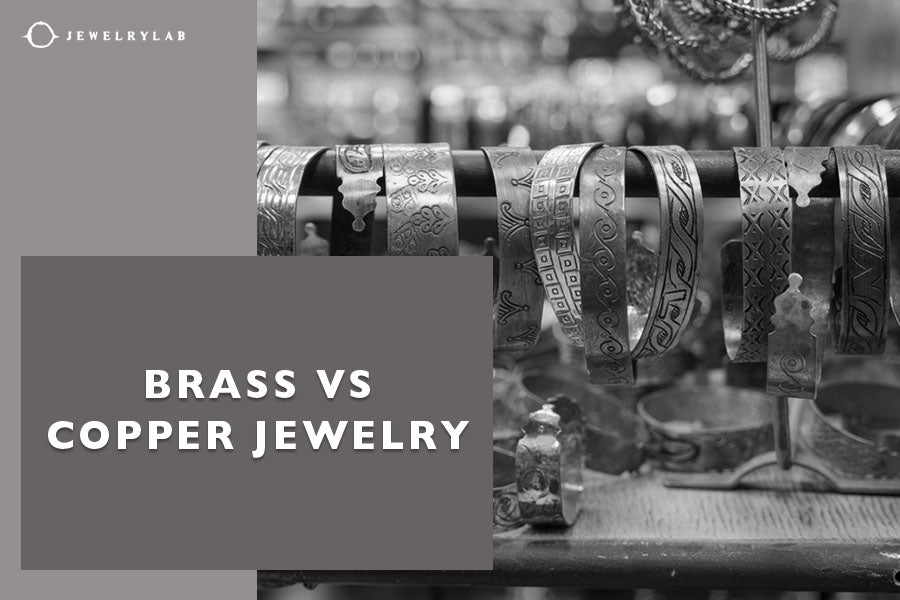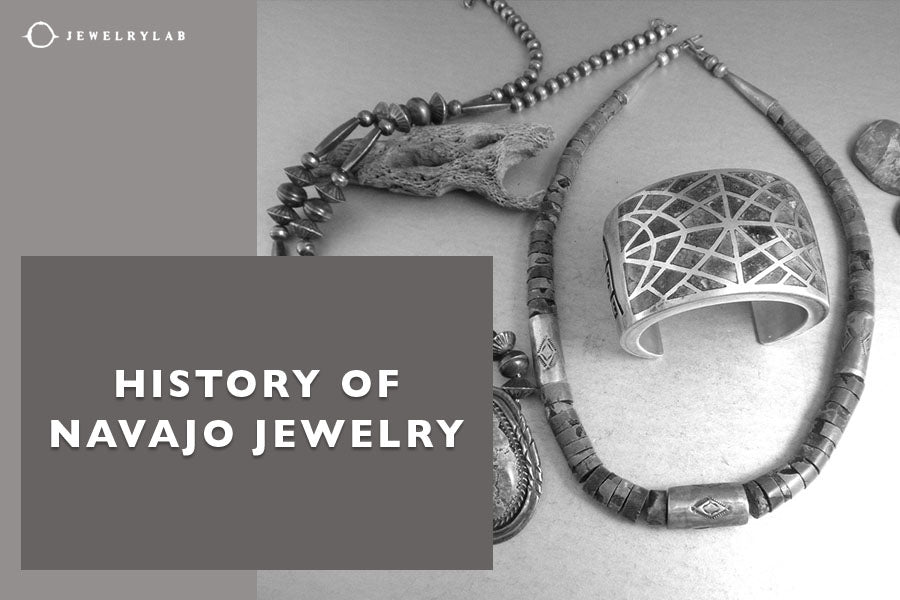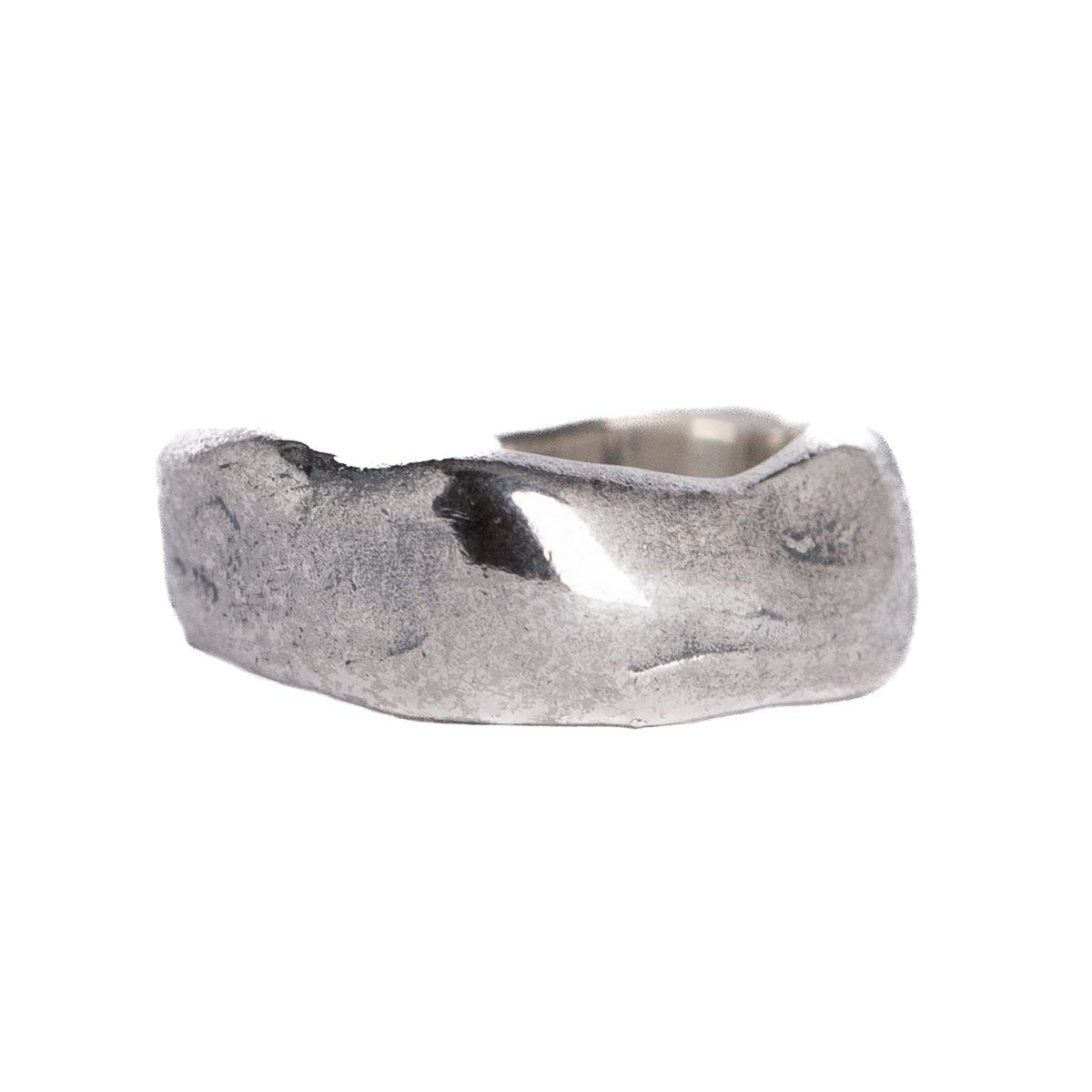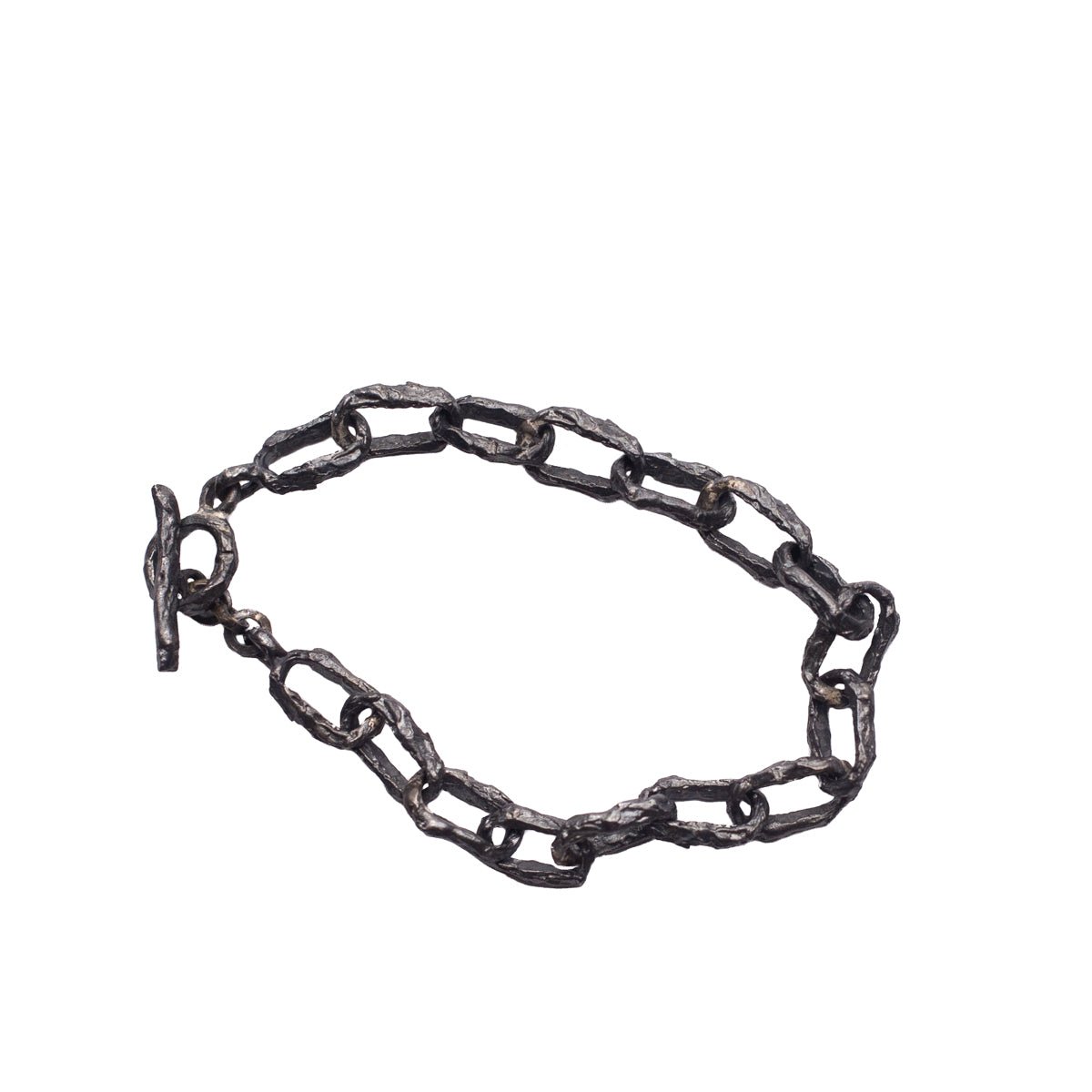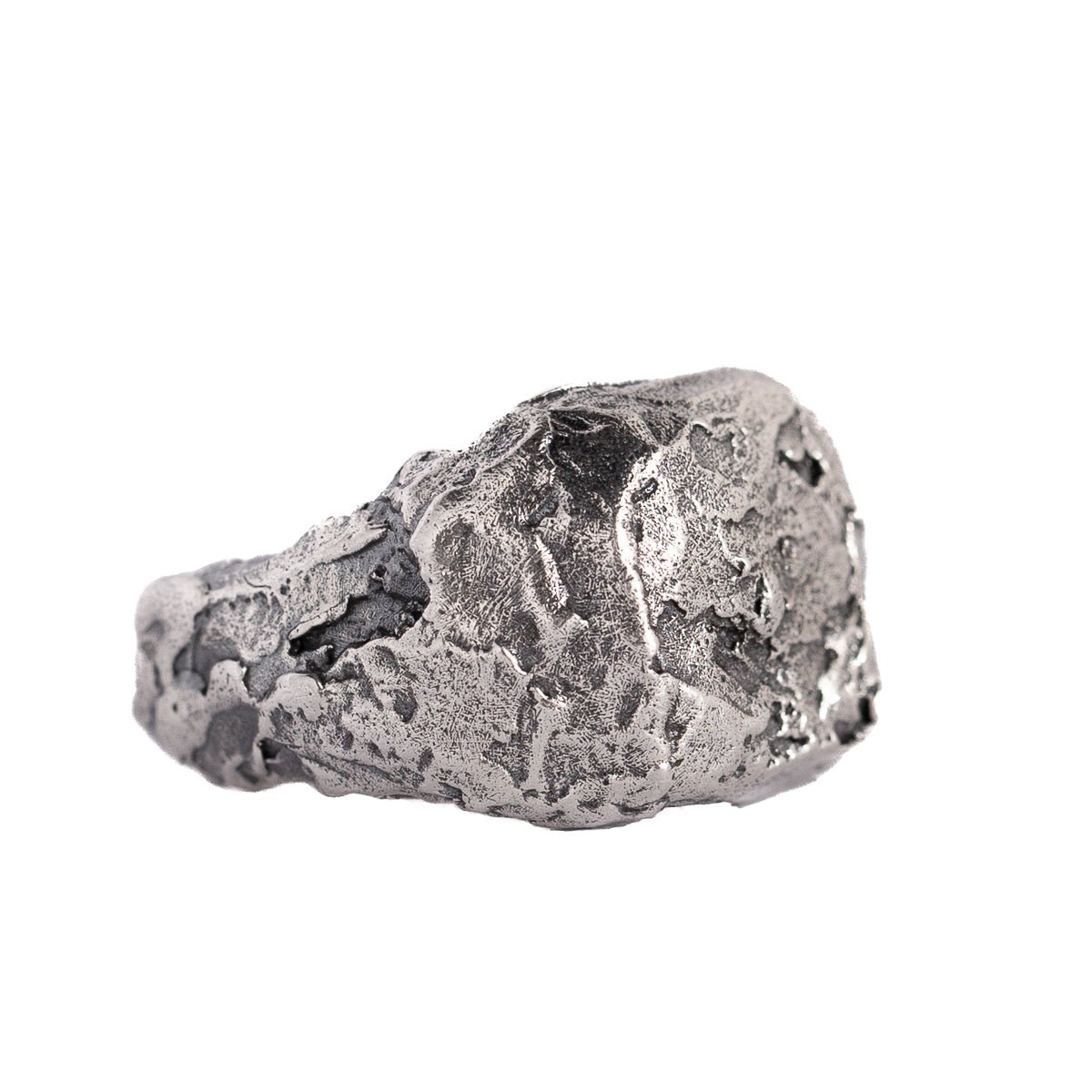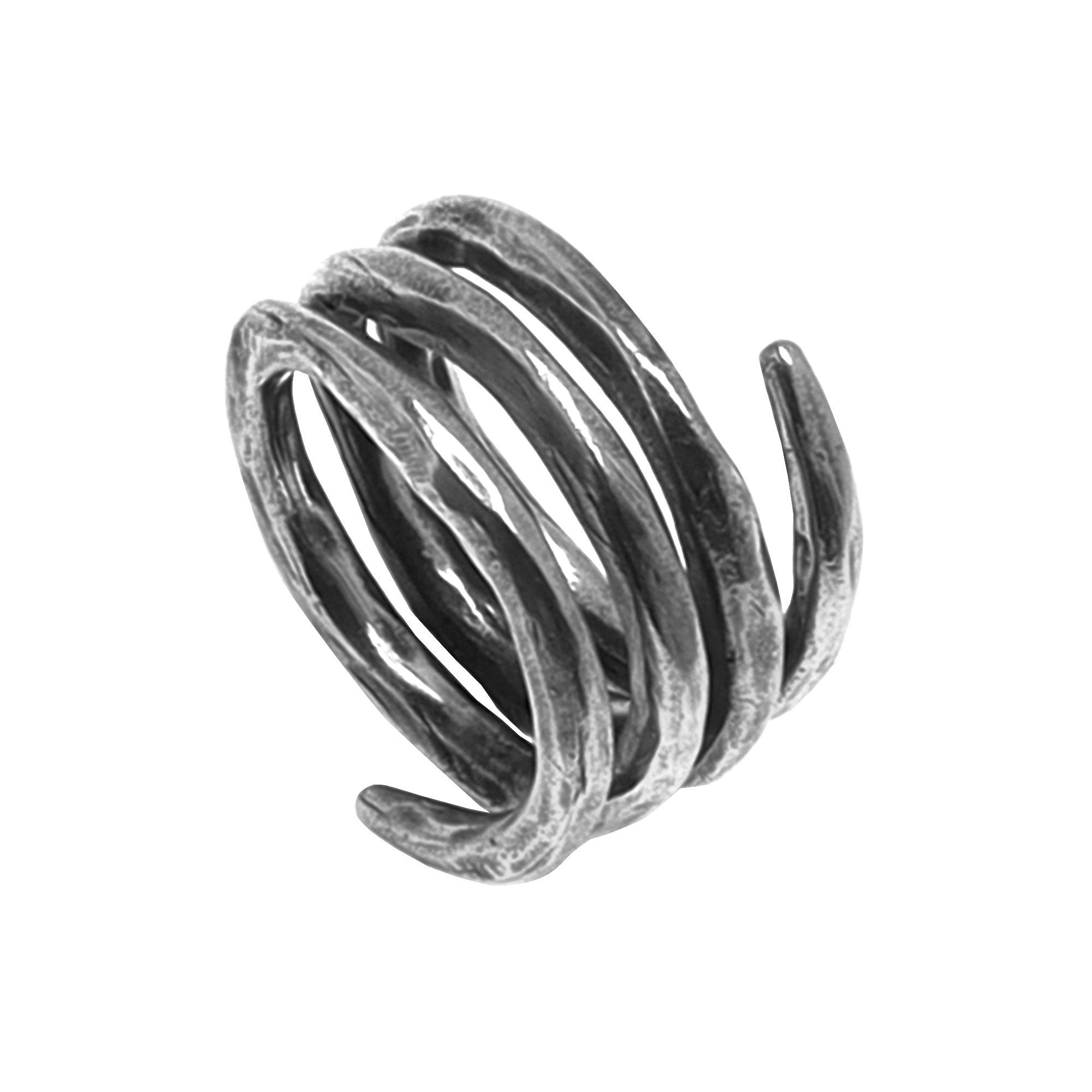by Jesús Zabala - 4 min read
Jewelry Makers Mark
If you inspect your jewelry closely, you will notice different symbols, numbers, and letter stamps on it. To identify the jewelry easily, you should know the different types of marks found on jewelry and their meaning. While purity marks are universal and easily recognized by almost everybody, that is not the case for the jewelry makers mark.
To help you understand the jewelry origin better, we have prepared an expert guide with all the fundamentals of maker marks. We will shortly define what is a maker's mark on jewelry, explain the types, give you some practical tips on how to identify and decode them and give some examples of famous marks.

Jewelry Maker’s Marks
Jewelry makers marks are one of the jewelry stamp types stamped during the manufacturing process to identify the jewelry maker. They are often called trademarks because they distinguish the jewelry pieces made by one manufacturer.
The location of the maker’s mark depends on the type of jewelry. As a reference, here are some common places where you can find the jewelry makers mark:
- The inside of the band on rings
- On the clasp or near the clasp of necklaces and chains
- On the post of the earring or on the back of the piece
- Inside the band or on the clasp of the bracelet
- On the back or inside of the watch case or inside the clasp
Importance of Maker’s Marks
The primary purpose of the maker’s marks is to provide valuable information about the origin and authenticity of the jewelry piece. The trademark is considered official evidence that the jewelry is made by a specific jewelry maker.
Unlike purity hallmarks, which are compulsory in many states around the world, especially for jewelry made from precious metals, the situation is not the same for jewelry makers marks. The National Gold and Silver Marking Act requires all jewelry pieces that have a quality mark to include a maker’s mark.
Since trademarks are commonly added to jewelry made from precious metals, the second purpose of silver, platinum, and gold jewelry maker's marks is to indicate the guarantor of jewelry quality.
Types of Maker’s Marks
More often than not, the makers marks contain the initials of the jewelry manufacturer. There is no written rule on how many letters a maker’s mark should have, but most manufacturers use two to three characters. Yet, there are also jewelry makers that use their entire company name, instead of putting just initials on their jewelry.
Another type of jewelry maker’s marks are symbols and logos. Some jewelry makers have distinctive symbols, icons, or images that represent their brand. Certain manufacturers also like to use designer signatures to further specify the jewelry maker.
How to Identify Jewelry Makers Marks
Identifying the jewelry makers mark symbols is not easy. Unlike other stamps that have universal meaning, there are an endless number of jewelry makers marks, making it impossible to keep track. While you can get familiar with the maker’s marks of popular jewelry makers, you can’t know them all.
Luckily, in the digital era we are living in, most of the maker’s marks can be identified by doing a simple Google search or by looking for the trademark in a database of jewelry marks.
There are also physical books you can use as sources. Generally, they are regionally based, and include the maker’s marks only for specific states or regions.
Famous jewelry maker’s marks
To illustrate, we made a list of the most famous jewelry makers and their marks.
- Tiffany and Co. - typically use their entire name
- Cartier - typically has the whole company name but can also be found with the initials JC or conjoined JC letters,
- Harry Winston - uses their logo as a maker’s mark, which has the initials HW one below the other
- Mikimoto Pearls - the letter M
- Bvlgari - generally uses their entire brand name
- Buccellati - either the entire name or M. Buccellati
- Chanel - their entire name or combination of the brand name with the brand logo
- Helzberg Diamonds - letters HDS
- Henry Clifford Davis - the initials HCD
- Van Cleef & Arpels. - VCA or Van Cleef & Arpels
- Omega - the Greek letter Omega
If the jewelry maker has been in the industry for a long time, their jewelry maker’s marks might have changed. One of the reasons behind the evolving jewelry marks is to easily determine the period when the jewelry was made.

Legal considerations
The laws and regulations regarding the mandatory usage of maker’s marks differ from state to state. Many states require all quality marks, such as Karats, to be followed by a registered trademark.
The assigning process varies from one place to another. The jewelry maker’s mark is either assigned by an official government body, or it is up to the jewelry maker to make their own stamp design.
A trademark is considered one that has been registered with appropriate trademark authorities. Trademarks in the U.S. can be registered with the United States Patent and Trademark Office, or USPTO in short. In most cases, the trademark registration is valid for 10 years and requires regular renewal.
Jewelry trademarks are not just for you as an end-user to recognize the jewelry's origin; they are also a layer of protection for manufacturers against unauthorized use of their brand name and other types of infringement disputes.
Conclusion
A jewelry makers mark is a type of stamp used on jewelry that acts as an identification factor for the piece’s origin, more specifically the jewelry maker. If you have jewelry pieces at home and you want to check their authenticity, you can do so by looking for letters or symbols stamped on them and researching their meaning.
-
DESIGNED & HANDMADE IN BALI
-
FREE RESIZING FOR EVERY PIECE
-
FREE SHIPPING ON $150+ ORDERS
-
100% SAFE & SECURE CHECKOUT

